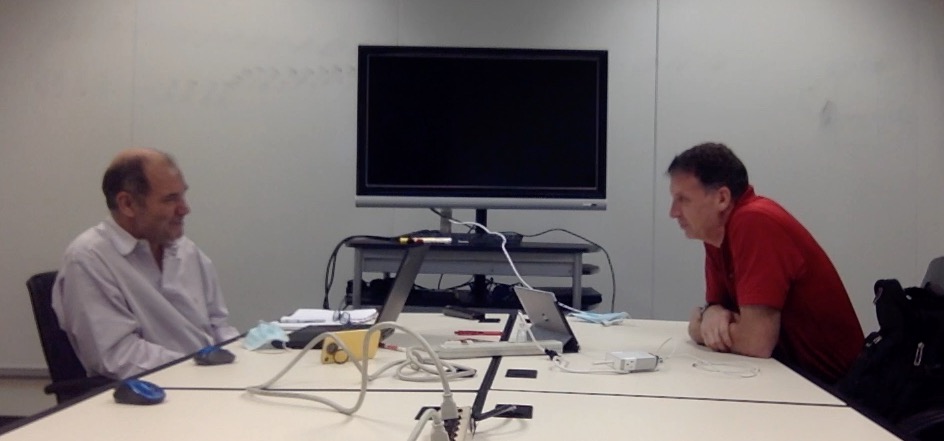In the last few weeks we’ve covered how computers work, implications for data and workload volumes on computers, estimating reporting transaction volumes, and gathering report requirement statistics. This week we’ll pull all these together in an initial model.
The objective of this week’s step is to get an initial estimate of the size of the hardware environment, and the time that will be required to produce the reports. Usually the time in which reports have to be produced is fixed, so the real variable is the size of the hardware environment.
Although computer systems tend to be quite predictive in how they perform for these types of problems, simply building the model academically is not very easy because of all the possible variables. A much faster way to determine what hardware will be needed is to do some testing in the target environment, including:
- Some scaled portion of the transactions. Make sure the data chosen won’t just fit in memory which will skew the test results; if this really is a high volume reporting problems, other storage will likely be needed in some portion of the solution
- Joins, how fast can they be performed
- Selection and perhaps even formatting and calculation processes
- Write processes. Again make sure it gets to a permanent medium of some sort, not just fragile memory
Using real data can be very helpful in these tests, even if it comes from the old reporting system, not the new system if implementation of new data capture processes is underway. Using these tests, estimate how much hardware would be needed to produce the required outputs in the allotted time. We’ll evaluate the results in the next step.
This is Episode 136 of Conversations with Kip, the best financial system vlog there is.





Leave a Reply